What Would You Do to Summarize a Twitter Feed
Twitter used to be the one social network that still stuck with the chronological feed. No algorithm, no ranking of posts in my Twitter feed. Just a plain listing of everything that came into the Twitter timeline.
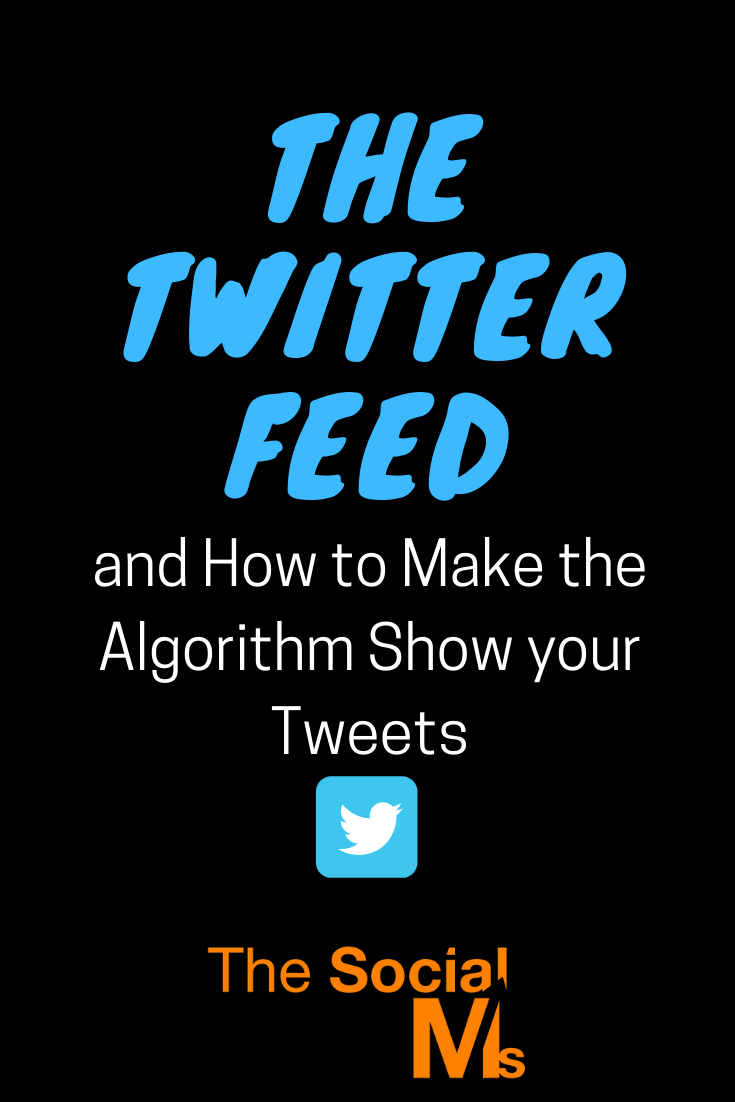 That is no more – or at least for most of us, it is not.
That is no more – or at least for most of us, it is not.
You can still switch your Twitter account back to the Twitter feed in chronological order that we long-time Twitter users have been so fond of. But per default, the Twitter timeline now also uses an algorithm to give you what Twitter thinks is the best that you want to see.
You can like it or not.
Since I personally find most of the tweets I am interested in via keyword searches, hashtags, or trending topics this new algorithm-based feed is nothing to make me angry with Twitter.
However, from a marketing point of view, we have to know how Twitter chooses what to show in your followers' timeline. Understanding how the Twitter algorithm works has a huge impact on marketing success, that you can find on Twitter.
If your Twitter traffic has declined in recent months, or even years, or if you have been struggling to get your traffic growing, maybe you treated Twitter wrong simply because you still clung to the idea that every single one of your Twitter followers will automatically see what you tweeted.
So today's article is about the Twitter feed, the Twitter algorithm and where you can find the content you are interested in.
The Beginnings of the Twitter feed
It used to be all chronological.
Twitter started in 2006. At that time all tweets of the people you followed were displayed in reversed chronological order. The most recent tweet of any person you followed would show on top of your feed and all older tweets listed as they were tweeted below that.
While other social networks introduced algorithms to sort (and choose) the updates shown to you, Twitter stuck to the chronological feed for a long time.
 But the problem with chronological feeds is the sheer number of updates that run through your feed. If you follow a larger number of people, the number of updates in your Twitter timeline will be overwhelming and you will miss a ton of updates you might have wanted to see but saw updates that were totally irrelevant. That is all up to chance.
But the problem with chronological feeds is the sheer number of updates that run through your feed. If you follow a larger number of people, the number of updates in your Twitter timeline will be overwhelming and you will miss a ton of updates you might have wanted to see but saw updates that were totally irrelevant. That is all up to chance.
That is not the best user experience.
And the challenge that Twitter faces comes in part from the extremely interconnected Twitter user base. While on Facebook most people are connected to people they know which usually is a couple of hundred people – on Twitter, many people follow thousands of people that tweet interesting stuff.
Twitter recommendations
Twitter's first experiments with an algorithmic feed came in 2014 when they started adding recommended accounts, topics, and tweets to their users' timelines.
The New Twitter Timeline and #RIPTwitter
In February 2016 Twitter first rumors came up that Twitter would introduce a more Facebook-like algorithm-based feed. These rumors resulted in the hashtag #RIPTwitter trending on Twitter and forced Twitter CEO Jack Dorsey to join the discussion to quell the uproar.
In the end, Twitter introduced a kind of compromise:
They introduced the "While you were away" feed that was based on an algorithm. The original chronological Twitter feed still existed and you could choose between the two.
You can read more about that first attempt of an algorithm based Twitter feed in the article I wrote about it at the time.
I admit that I never was a fan of the "While you were away" feed. I never understood why Twitter chose to show me all that crap.
Sorry Twitter, I still love you, but you got that all wrong – just my opinion.
The Twitter Feed: Top Tweets and Latest Tweets
Twitter learned and improved the algorithm.
Today, you can still choose between the top tweets or the latest tweets.

Top tweets will show when you open your Twitter, you can switch your preferences by clicking on the little star symbol on the top right of your feed.
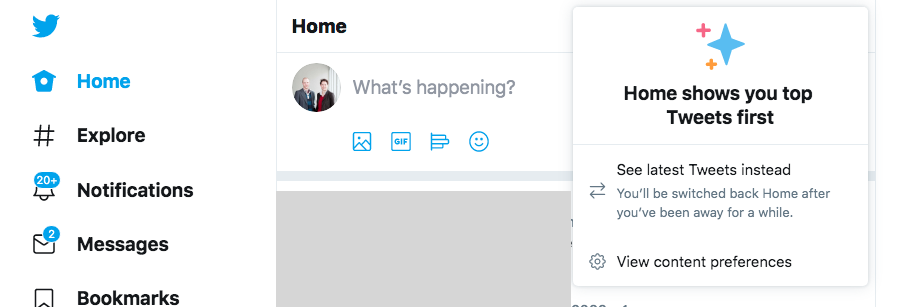
Twitter Topics
You can help Twitter find better matching tweets to show in the top tweets feed by choosing topics you are interested in.
Twitter will ask you to choose some topics in your feed once in a while.
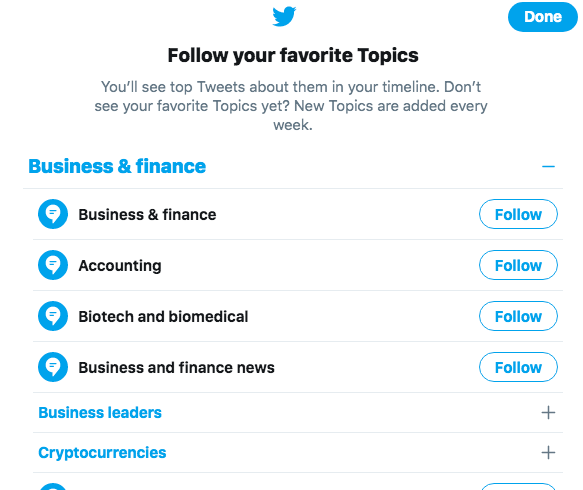
If you clicked away the topic option in your feed but still want to choose topics, you can find your topic options in the "More" section on the left of your Twitter dashboard.
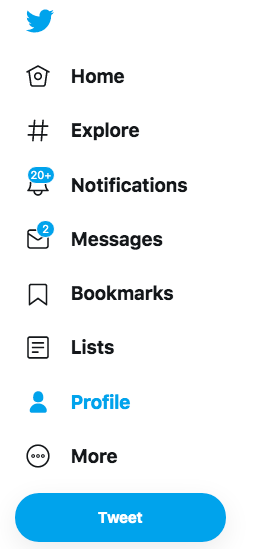
There are already more than 1000 topics that you can choose from and the number is growing all the time.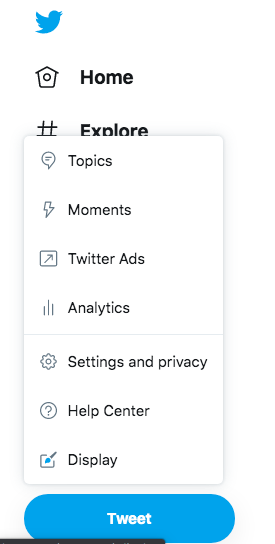
By letting Twitter know about the topics you are interested in, you will allow them to optimize the tweets they show to you.
Trending Topics and Hashtags
To be honest, I rarely discover Tweets in my timeline. It is either a conversation that I search and find by keyword or hashtag. Or I find news related tweets via trending hashtags and topics.
The trending topics and hashtags that many Twitter users are talking about RIGHT NOW show on the top right of your Twitter dashboard.
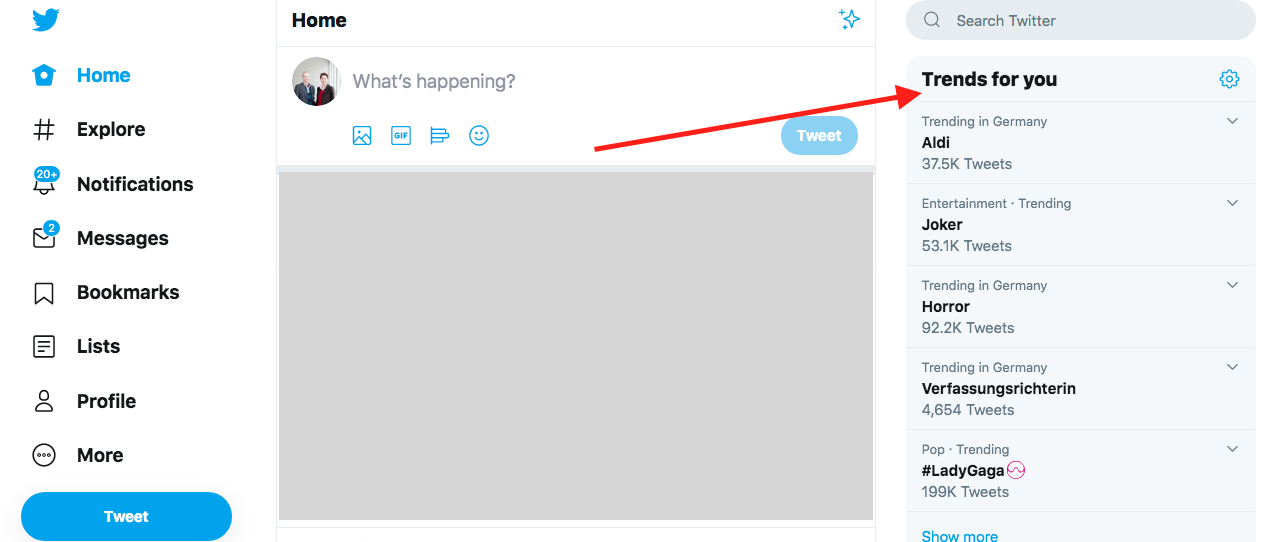
These are also user specific.
I will get a different selection of trending hashtags and topics than you get. Mine show trends from Germany – as I am located in Berlin, Germany.
Trends are also based on the topics that I choose and what I was interested in the past.
Ranking Factors for the Twitter Timeline
So far, I have told you how you can optimized your Twitter feed for a more satisfactory Twitter experience.
But we are still marketers and for us, it is not enough to find the tweets we are interested in. We want to make sure that our audience also finds as many of our tweets as possible.
And that always means we have to optimize our activity based on what we know about the algorithm that decides whether our content is shown or not. That is the same for SEO or for posting on any social network that is using an algorithm to build the feed.
We do not have many options to influence the "Latest Tweets" feed – apart from tweeting more. This fed shows all incoming tweets from people you follow in chronological order.
The only thing you can do to appear more in the "Latest Tweets" feed is to tweet more. And tweeting more is always limited. While most of you can probably tweet more than you have been tweeting in the past, at some point tweeting more is not going to give you better results because it turns into spam.
The first step towards optimizing our activity is to understand the ranking factors that Twitter uses to build the "Top Tweets" feed.
But what are the ranking factors for the Twitter algorithm?
I am sure that there are more ranking signals – and most likely these ranking signals are changing all the time. But here are the most important ranking signals that you need to know:
Recency
An old tweet will become stale.
As with the "Latest Tweets" feed, you will not get your best Twitter marketing results if you do not keep your Twitter account updated all the time. While the "Top Tweets" feed will consider other ranking factors along the recency factor, the time that has passed between the publication date of the tweet and the time a user looks into the Twitter feed is very relevant.
The answer to this factor is to keep your Twitter account actively tweeting all the time. Use a Twitter automation tool, if you cannot be online on Twitter every day. But make sure that your Twitter account is active.
Relevance
That is what the "Top Tweet" feed is all about: Giving the Twitter users the most relevant tweets.
But how is relevancy determined? Via keywords and hashtags.
If you want your tweets to show, make sure you use the words and/or hashtags that help Twitter to understand what your tweet is about – and who could be interested in it!
Engagement
Every social network nowadays bases its algorithm on engagement. Posts that inspire more engagement in form of retweets, likes and comments will show up higher in the "Top Tweet" feed than tweets that do not get any engagement.
Tweets from accounts that usually get more engagement than other accounts will be preferred over tweets from accounts that do not get any kind of engagement.
And here lies your chance: Mix up your tweets with more engaging tweets and you will reach more people on Twitter.
Rich Media
Rich media refers to tweets that include images, gifs or videos. This is not only relevant for the "Top Tweet" feed algorithm. Even in the "Latest Tweet" feed, tweets without any rich media will pass by rather unnoticed or at least have a bigger chance of being overlooked.
Adding rich media to your tweets can increase the number of people that notice the tweet and thus inspire more engagement.
Other factors
An important factor is the number of followers of the tweeting account has but this also combines with engagement. A huge number of followers with no engagement is most likely not the best option while a smaller account with fewer followers that gets a ton of engagement might get a more prominent spot in the "top tweets" feed.
As mentioned before the location of your Twitter account also has a say in how your tweets rank in the "top tweet" feed.
How to increase your organic reach on Twitter
With knowing all of the above, what does that imply for our marketing activity on Twitter? How can and should we act on Twitter to increase the number of people that see and engage with our tweets? How can we get more traffic from Twitter?
Here are some suggestions what you can do!
1. Stay active
Success only comes with consistency. And that means even Twitter needs some investment from you in time and effort.
- Make sure that your account tweets consistently. Don't tweet a bunch of tweets once a day or week and stay silent for the remainder of the week. That is not going to work.
- You can schedule your evergreen content for instance with recurring queues or with other scheduling tools like Buffer.
- Consider when your audience is online and set your tweets to go out when they are most likely to reach your audience on Twitter. There is no use in tweeting when everybody is asleep.
2. Use Rich Media in your tweets
If you share your blog posts add an image or use Twitter Cards.
Share videos, gifs or quote images to mix it up.
3. Add hashtags and keywords
Twitter is not Instagram, so don't go overboard with hashtags. But one or two hashtags can increase your reach and traffic.
Make sure that your hashtags match the content of your tweet.
Watch out for trending hashtags. Sometimes they fit your topics and you can use them to join the conversation that is already happening on Twitter.
4. Encourage engagement
There are some forms of tweets that encourage more engagement than others. Questions, polls, and asking for feedback often inspires a ton of engagement.
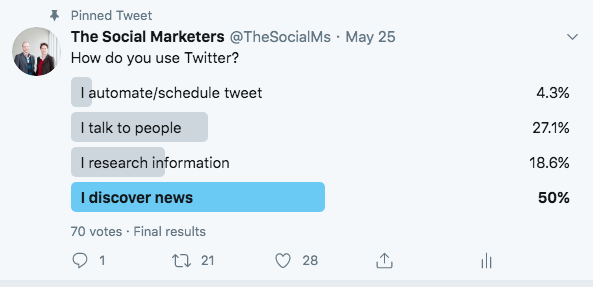
Use these mechanisms to increase engagement on your tweets.
Join the conversation: Monitor your notifications tab – if someone talks to you, answer them.
You can also set up feeds for keywords and hashtags from your niche and join the conversation whenever a tweet comes in where you can provide some value.
Find conversations or even Twitter chats from your niche and become part of them.
Tool Recommendation Tweetdeck
In this article, I have written about several places where you can discover tweets you are interested in. Via the Twitter "Latest Tweets" feed, the "Top Tweets" feed, the hashtag or keyword feeds, list feeds, your notifications tab and more.
To watch all these feeds can become confusing and time-consuming.
But there is a solution to this. A tool called Tweetdeck.
The tool is actually a Twitter client – that is a tool that is provided by Twitter and can be used by every Twitter user for free.
Tweetdeck basically allows you to monitor several feeds on one dashboard. This allows you to watch all the feeds we have been talking about in this article in one place.
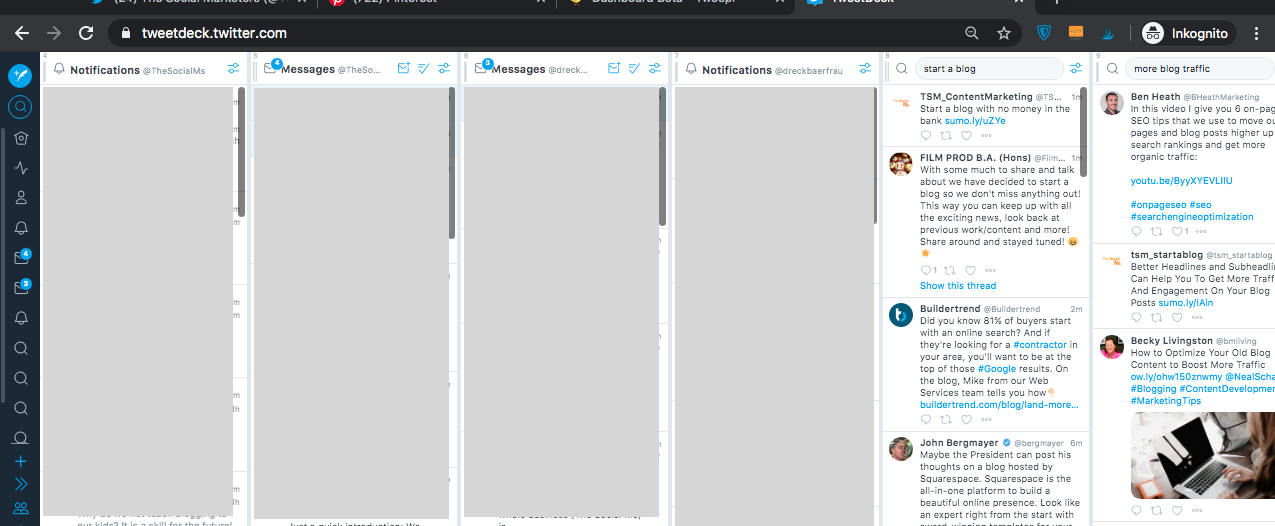
You can have your "latest tweets" feed, the top tweets feed, multiple keywords feeds, list feeds – and even add another Twitter account to the same Tweetdeck dashboard to allow you to monitor the feeds, notification tabs of both accounts in one place without having to log n and out of Twitter all the time if you are running multiple Twitter accounts.
For instance, I am using Tweetdeck to monitor the feeds for my personal Twitter account (@dreckbaerfrau) and the Social Ms' Twitter account (@thesocialms).
Final Words about the Twitter feed algorithm
I guess it was time that Twitter introduced an algorithm-based feed. They could have done a much worse job.
You have the option to turn off the algorithm and go back to the "Latest Tweets" feed. Plus, you have so many other ways to discover tweets that you are interested in. That makes Twitter a treasure trove of information discovery.
For us marketers and bloggers these options still pose a fair chance to get traffic from Twitter and if we do our homework and understand how the Twitter algorithm works, we can still get all that traffic without paying for advertising.
That is our chance!
Join our free Email Course to learn how to grow an audience and traffic from Twitter:
All the basics in 4 Days, 4 Emails!

namatjiragoorrithle.blogspot.com
Source: https://blog.thesocialms.com/the-twitter-feed-and-how-to-make-the-algorithm-show-your-tweets/